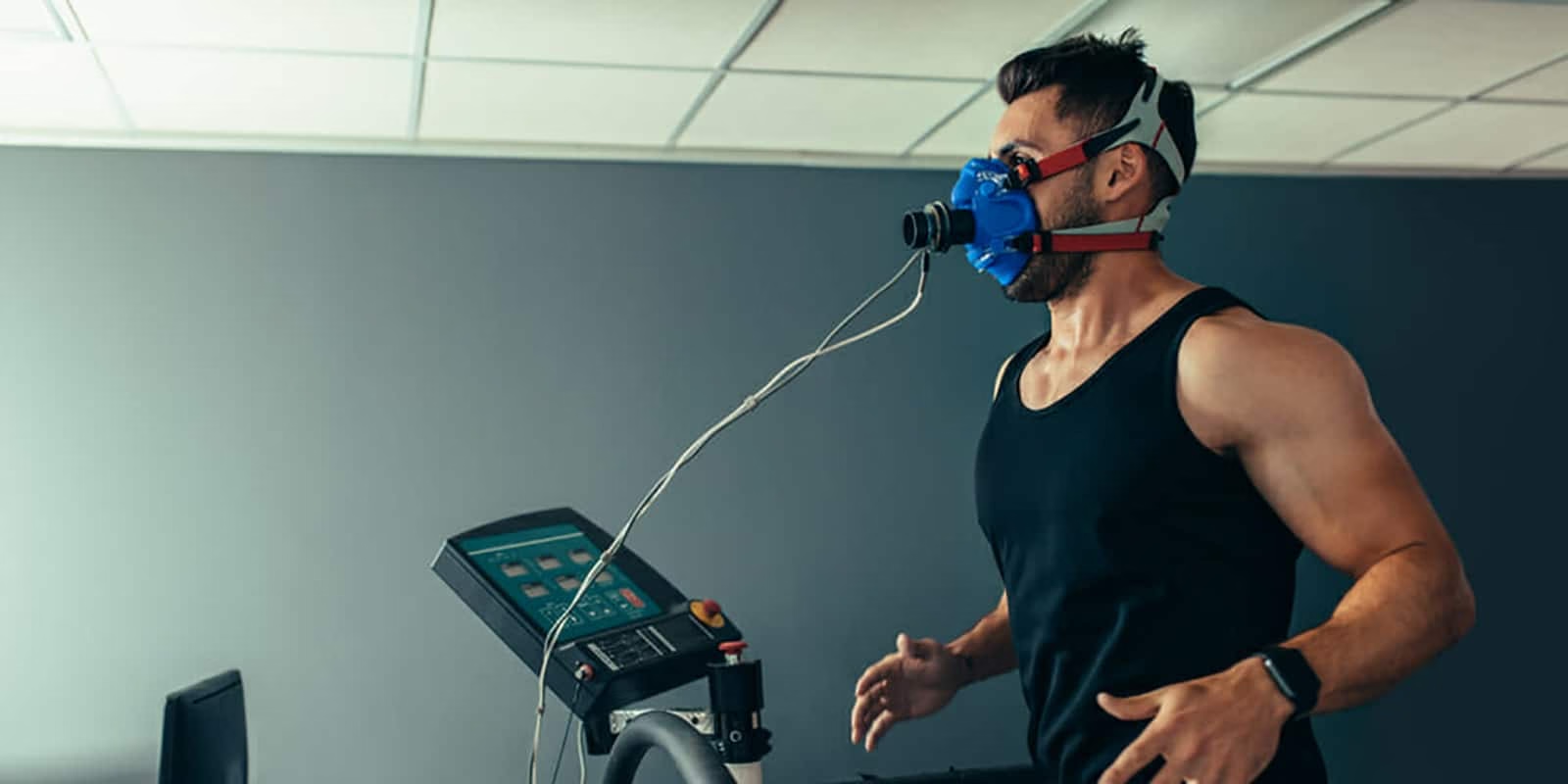It has many names: “maximal oxygen consumption,” “maximal oxygen uptake,” “peak oxygen uptake,” “maximal aerobic capacity.” Simply put, your VO2 represents your body’s ability to use oxygen, which defines how aerobically fit you are. That means your VO2 max is the absolute highest amount of oxygen your body can use in a set amount of time. Here’s how to Improve your VO2 Max.
Your VO2 depends on a number of factors: how many red blood cells you have, how adapted you are to endurance activities, and how much blood your heart can pump. In short, your VO2 max is a measure of how fit you are. And improving that number? Well, it’ll make you more efficient and economical in your sport whether you’re a marathoner, cyclist, or CrossFitter.
“While genetics is a huge factor in max potential, most of us can improve our current VO2 max through training,” says NYC-based running coach Elizabeth Corkum. “The better you are at using oxygen, the faster and/or longer you’ll be able to run.”
To get an accurate measure, you’ve got to get on a treadmill or bike in a lab. “The ‘simple equations’ floating around out there are usually really vague, but many physical therapy centers or performance centers are equipped to test athletes,” Corkum adds. Basically, you’ll get on a treadmill and run while the speed and incline are methodically intensified, all while you’re wearing a mask that measures your exhaled breath.
To improve your VO2 max, Corkum says, you can do two things: train to improve it, and lose weight—VO2 is scored relative to body weight. (Check out all our nutrition and fitness tips, and recipes for weight loss here.)
Below, Corkum has mapped out two workouts that will increase your VO2 max. There’s one you can do on hills and another meant for the track. Note that you can do either on a treadmill so long as you adjust the incline as indicated.
The Workouts to Improve VO2 Max
Be sure to warm up and cool down at a very easy pace for 10 minutes each before and after any of the below workouts. You can start with these warmup tips for using static and dynamic stretching, and this model dynamic warmup.
“These three routines can be modified and adjusted to keep things fresh; just remember the sweet spot for improving VO2 max is to work for 2-6 minutes per interval with close to equal work and recovery ratios,” Corkum says. “Sometimes the recoveries will need to be 2:1,” she adds. This will depend on your heart rate and breath—if the workout isn’t making your breathing ragged and heart rate difficult to control, the rest period should be quicker. Just make sure you don’t cut that recovery short (go into every interval sufficiently recovered)—or extend it. Keep the recommended numbers consistent.
Workout 1: Track Session (or Treadmill)
4 x 1,000 meters (or 3–4 minutes) at VO₂ max pace (your race pace), with 2–3 minutes recovery between efforts.
💡 VO₂ max pace = Your vVO₂ max, the slowest pace at which your body hits maximum oxygen uptake. It’s tough, but effective.
Fit Fact: A study in Medicine & Science in Sports & Exercise found that runners who did workouts like this improved their VO₂ max by 10%. They also saw better artery and vein function, blood volume, and stroke volume (how much blood the heart pumps per beat).
Treadmill Tip: No track? Bad weather? Hop on a treadmill and set the incline to 1% to mimic outdoor conditions.
Workout 2: Hill Repeats (or Treadmill)
Find a steep hill and run hard uphill for 2 minutes. Jog back down to recover. Repeat.
If that’s too brutal, start with 4 rounds of 2-minute efforts. Build up gradually to 10 rounds as your fitness improves.
💬 “Pace yourself so you don’t blow up on the first hill,” says coach Corkum. “But you should finish the workout feeling like you couldn’t do another rep.”
Treadmill Tip: Set an incline of at least 2%. The pace and incline should challenge you for 2–6 minutes.
⚠️ If you can only hold the effort for 1 minute, it’s not enough to boost VO₂ max. Dial it in until it’s hard but sustainable.




